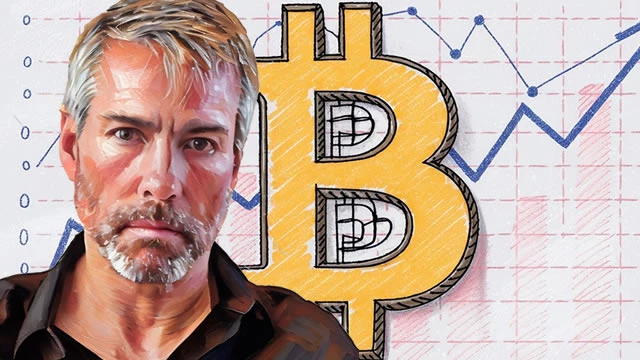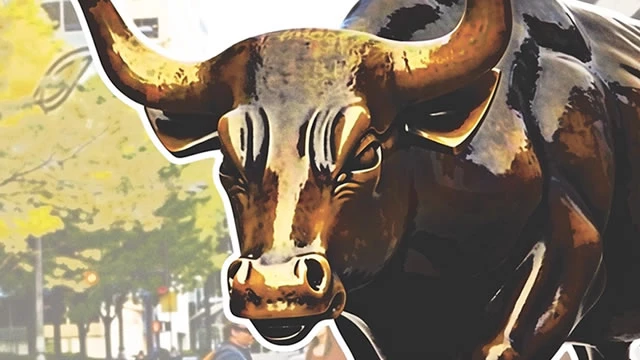Summary:
- It’s a fact that the stock market is in a correction zone and this occurs frequently even in a bullish market.
- There’s no cause for alarm. No sign of a bearish market trend right now
- Avoid getting investment advice from too many people.
- We’ll also recommend value stocks that you can hold during this period.
To succeed in life, you have to take the good and the bad in stride. It has been all good in the stock market for the past ten years, but now, the bad days have come. Officially, we are in a stock market correction. A correction is defined as a ten percent drop in stocks from their all-time high. Stock markets or indices can be in a correction at different times, and the length varies. Some famous indices are the S&P 500, Nasdaq, the Dow Jones Industrial Average, and various international stock markets.
Salient Facts About Stock Market Corrections
Stock market volatility and corrections are good because they enable investors to earn from the opportunities present in the stock market. On average, a stock market correction happens once every year. But some are more frequent and with varying degrees of effects. A recent example is the stock market correction that occurred at the beginning of the Coronavirus pandemic. The market dropped more than 30% and quickly rebounded to new highs during that time. For the records, the S&P 500 has risen more than 750% since it saw the bottom in March 2009, and during that time, there have been several corrections of 16%, 19%, and 33% in magnitude over the years.
How To React To A Stock Market Correction
When there is a correction, it gives birth to several headlines in the news. You should not allow the news to guide your investment decisions. Neither should your decisions be influenced by big gains in your account or even big drops in the market. If you are still working and saving, setting up automatic contributions to your investment would be wise. This is a technique known as dollar-cost averaging (DCA). This is also an opportunity to diversify your portfolio. Investment in a diverse portfolio of funds and ETFs, and you will reap the benefits. To prevent spending much time actively trading your account, set up an automatic rebalancing of your portfolio.
From the stock market corrections data since WWII, where a bear market was not the result (a bear market is a 20% drop),it has taken the S&P 500 just 76 days, on average, to lose 10% from a recent high. The recent correction of 2022 took just 50 days.
Due to the Russian-Ukraine war, the stock market is heading to a bear market. But there are signs that the domestic economy is still robust because Americans are still spending, the housing market is booming, and unemployment is low.
One of the Coronavirus correction lessons is that when the market corrects, investors should not go into overcorrection mode. Many people started selling because they thought the market would crash. These were panic moves that made them lose future gains from the stock market. Just 12 months after the Coronavirus correction saw its bottom, we saw how the S&P 500 doubled in value. Investors who had sold due to fear lost out.
Granted, it’s normal to get nervous when you see prices going south rapidly. But the first rule of a market correction from savvy investors is to take stock of the perspective. Historically, the market has always recovered after every correction and set new highs. So, learn from that and keep your nerves.
When the Great Recession hit from 2007 to 2009, the housing bubble burst saw many investors lose even half of their money along with the meltdown in global markets. Naturally, this caused lots of fear. That was a frightening time. But four years after hitting bottom in 2009, stock markets were setting all-time highs.
So, in conclusion, try to avoid the news and get a perspective. Don’t get investing advice from friends, and try to stay calm. Every correction has a bottom.

















Rate this article